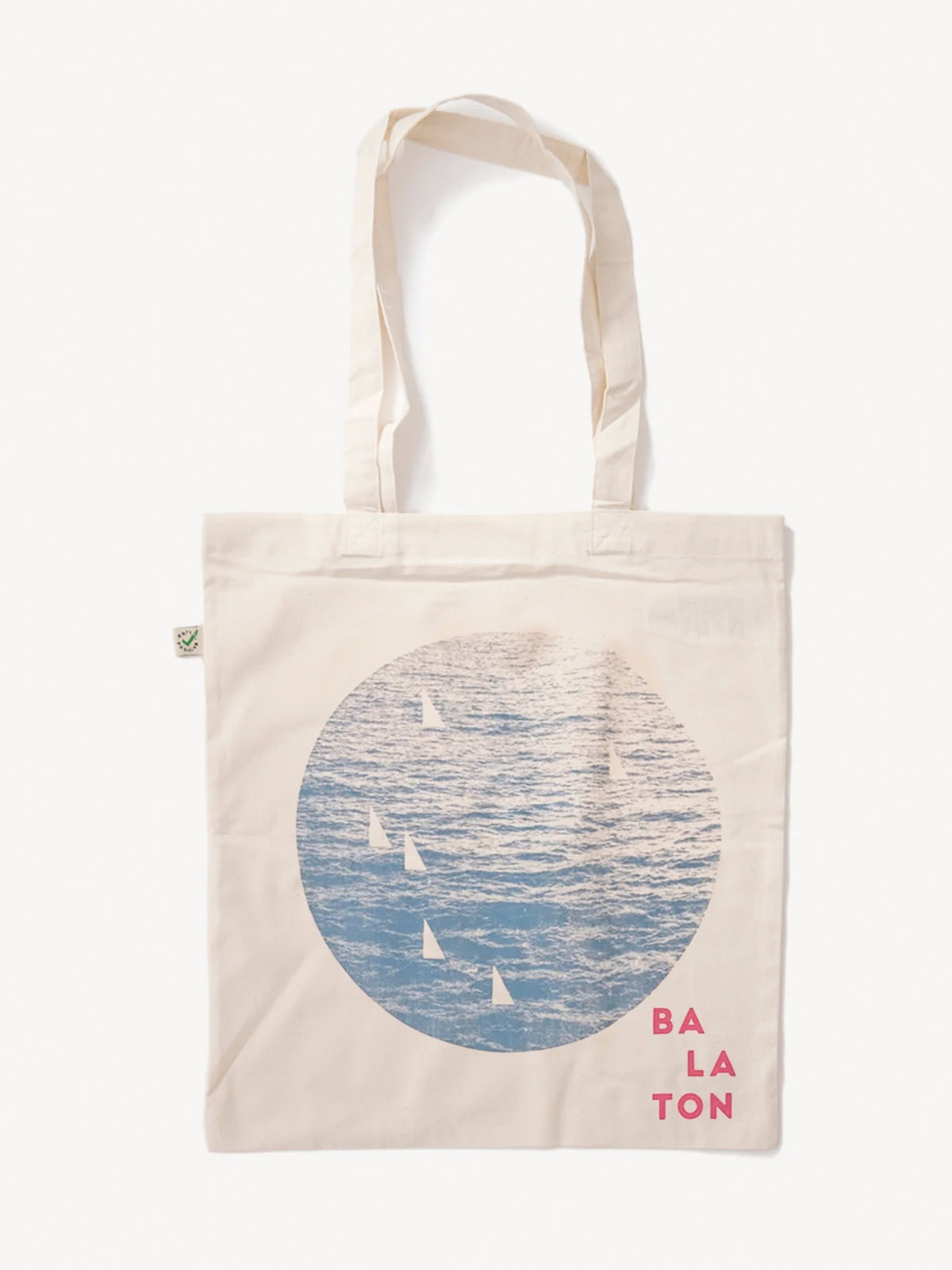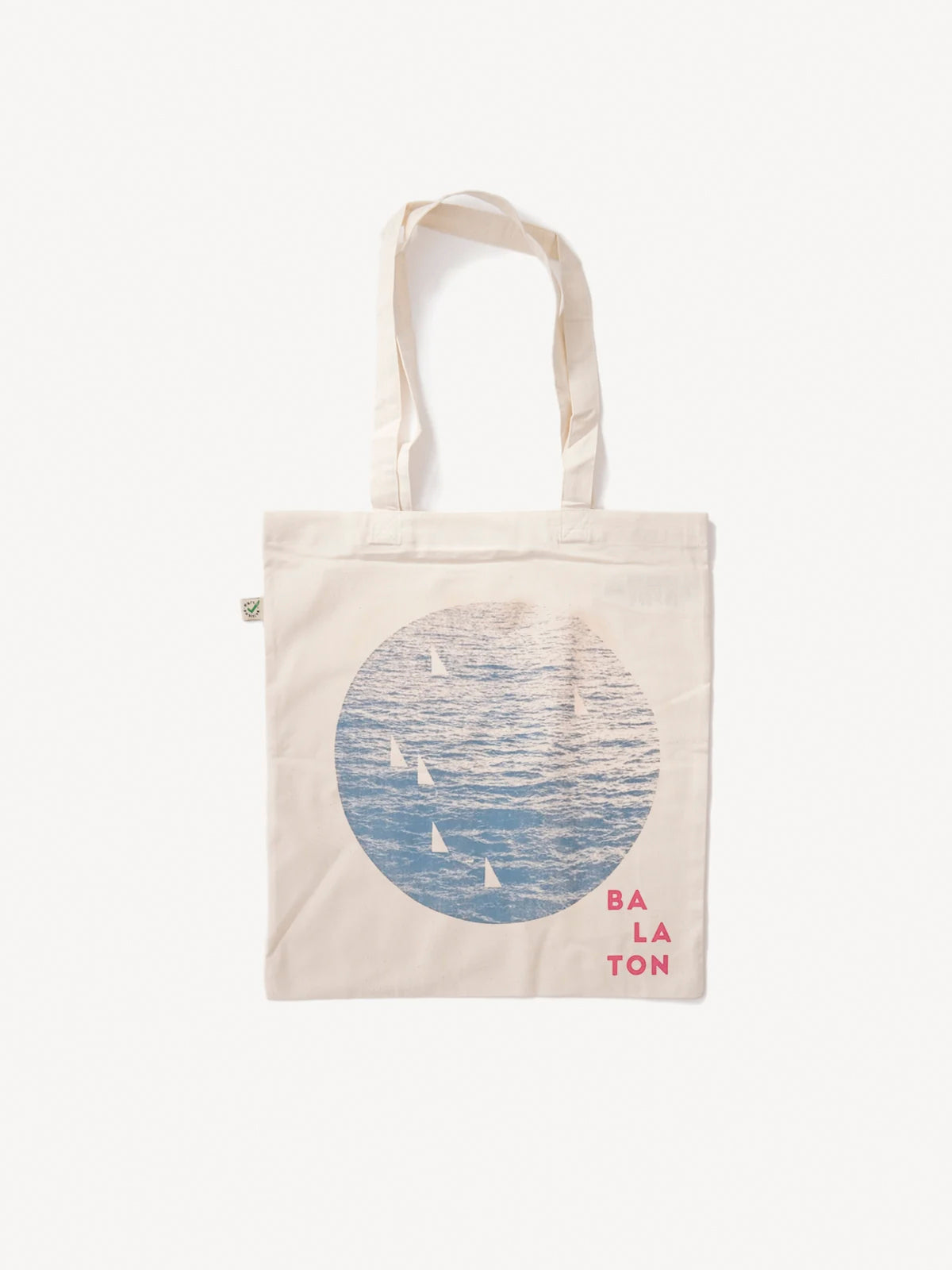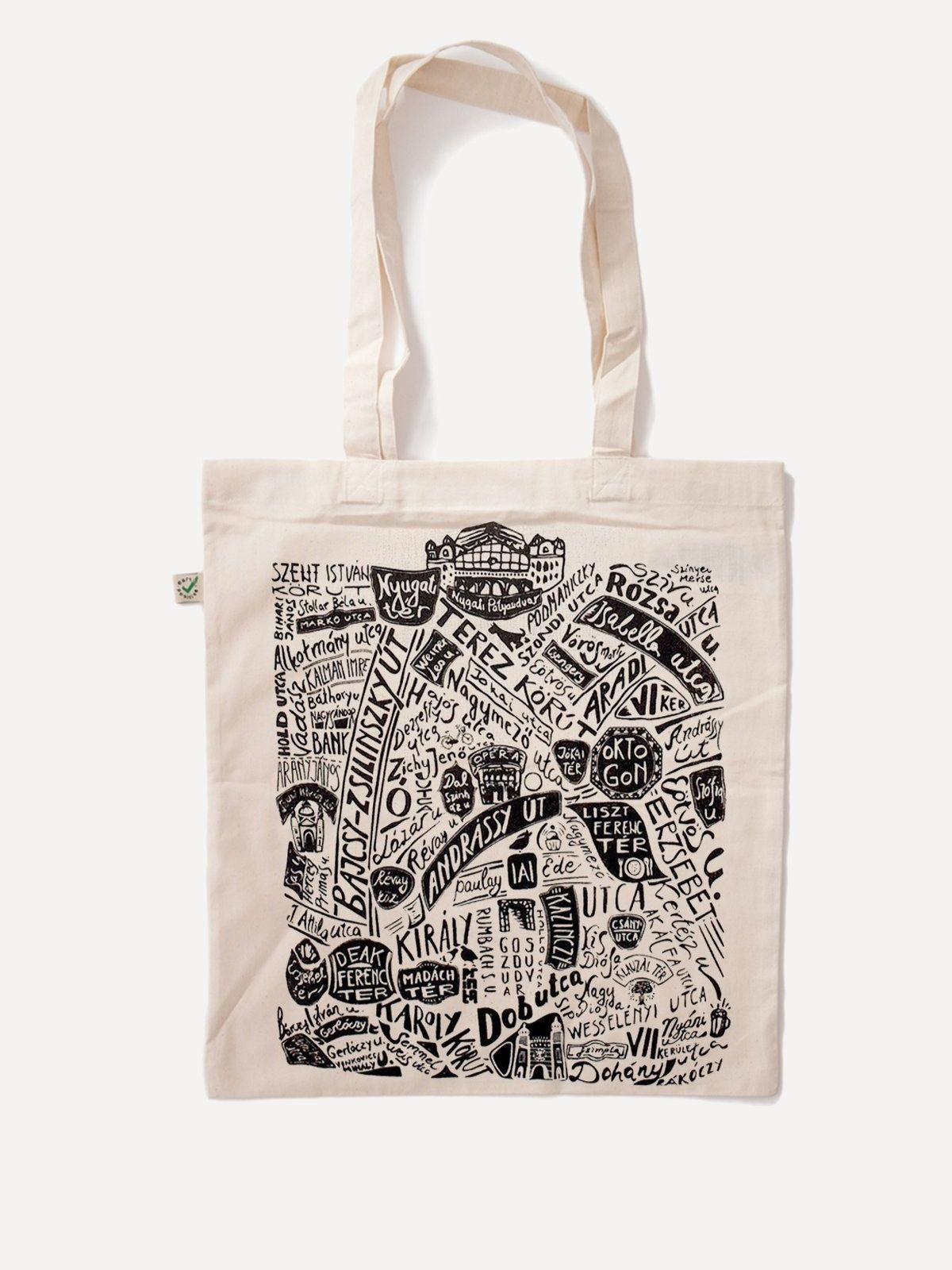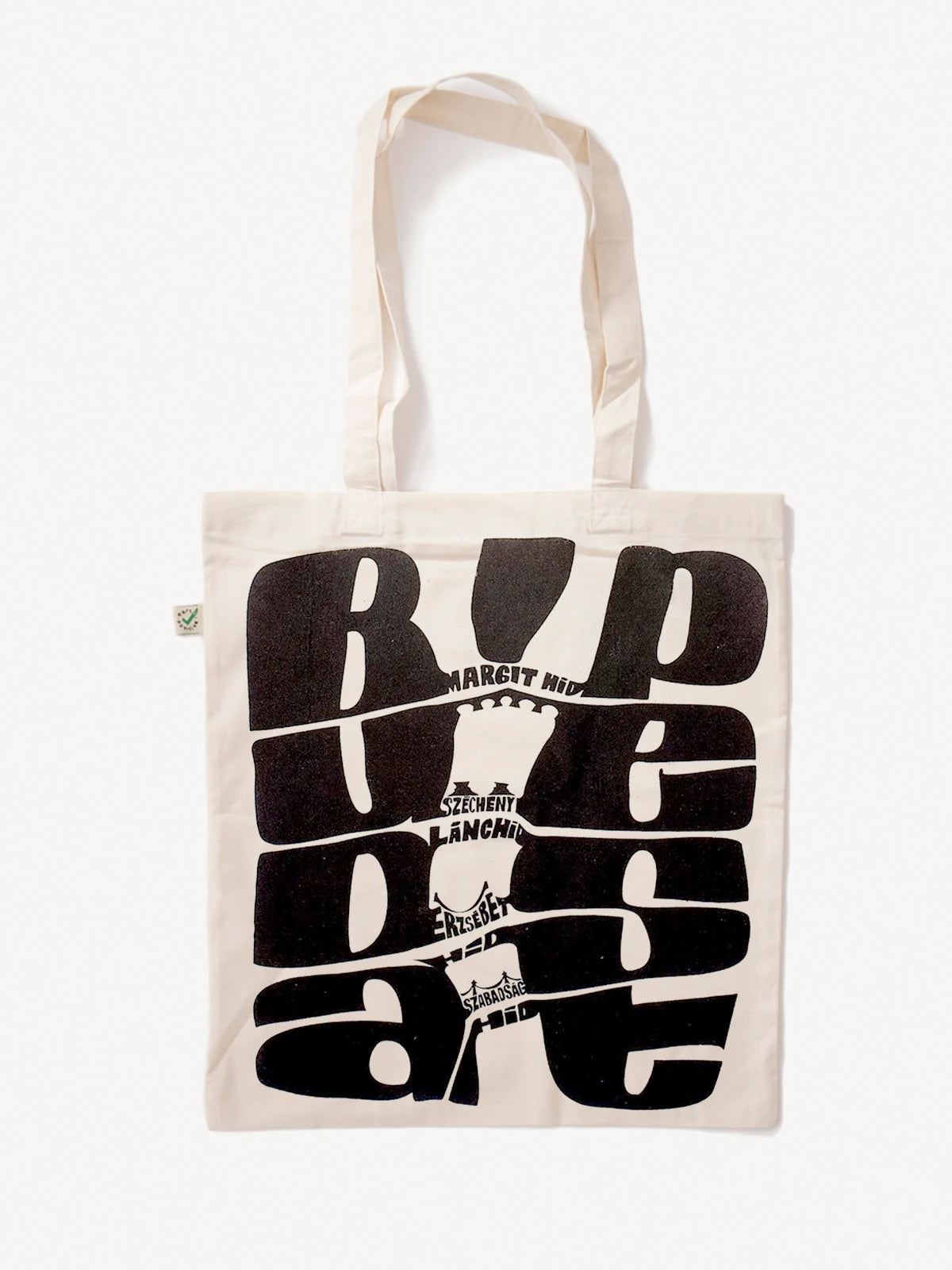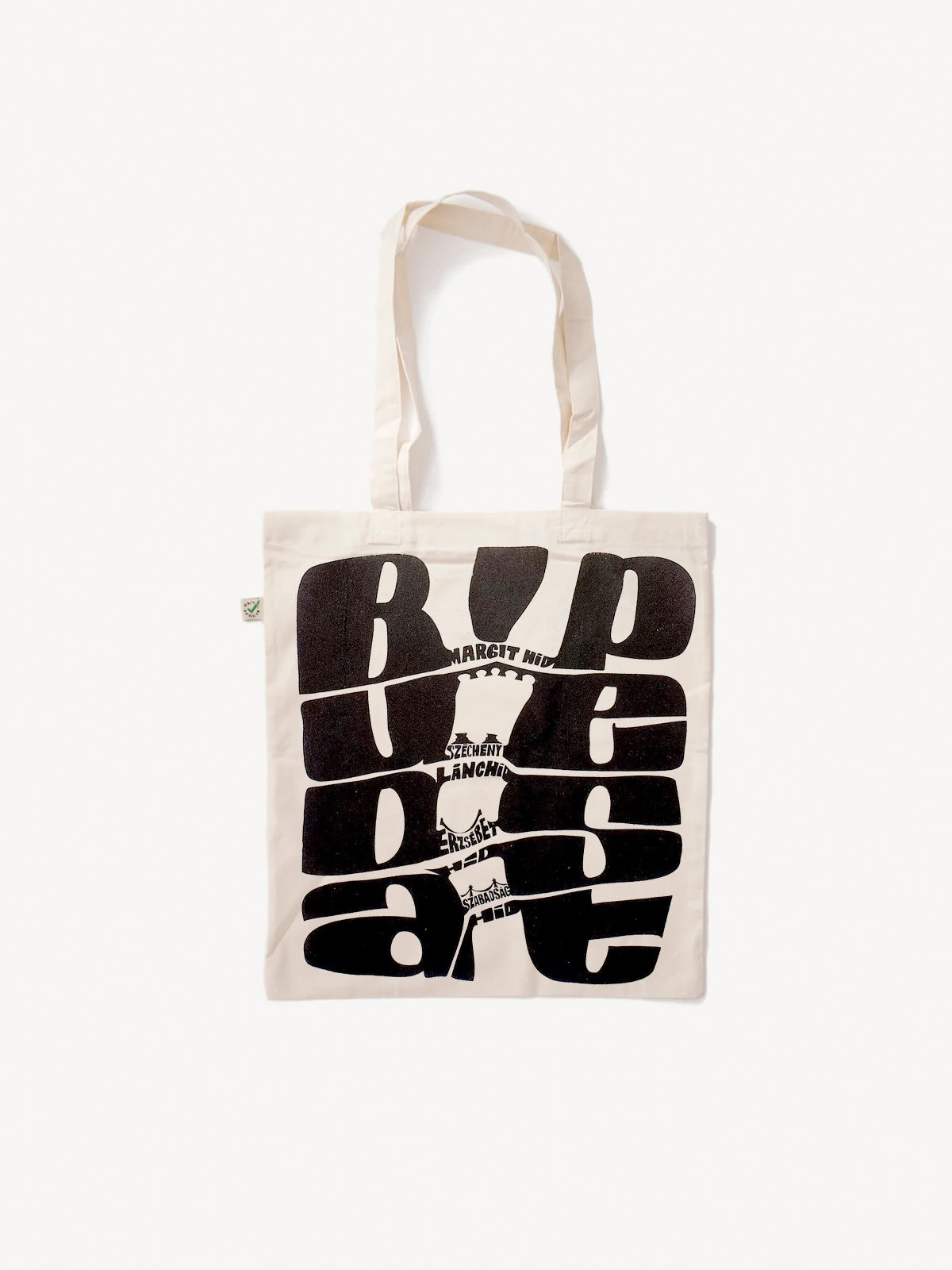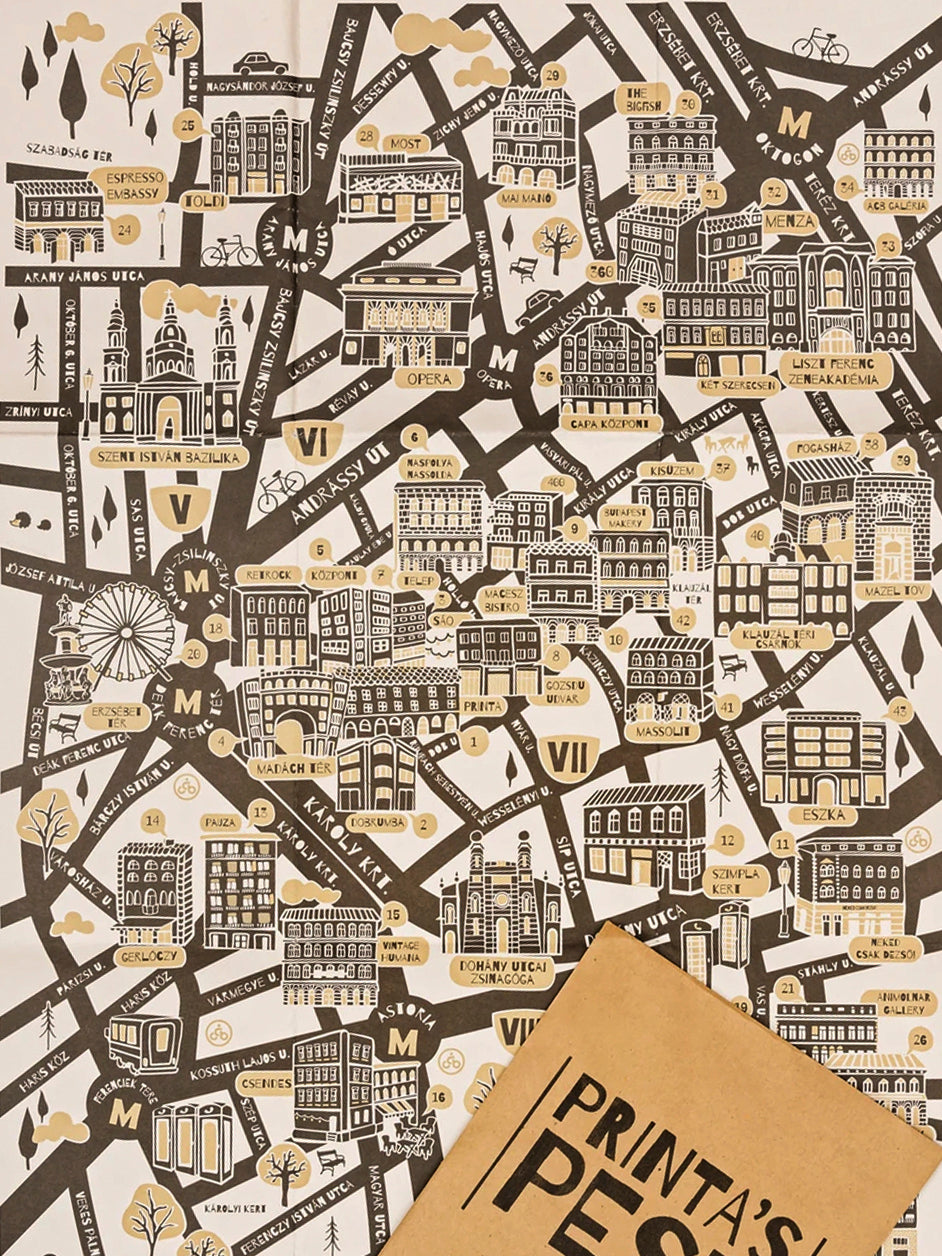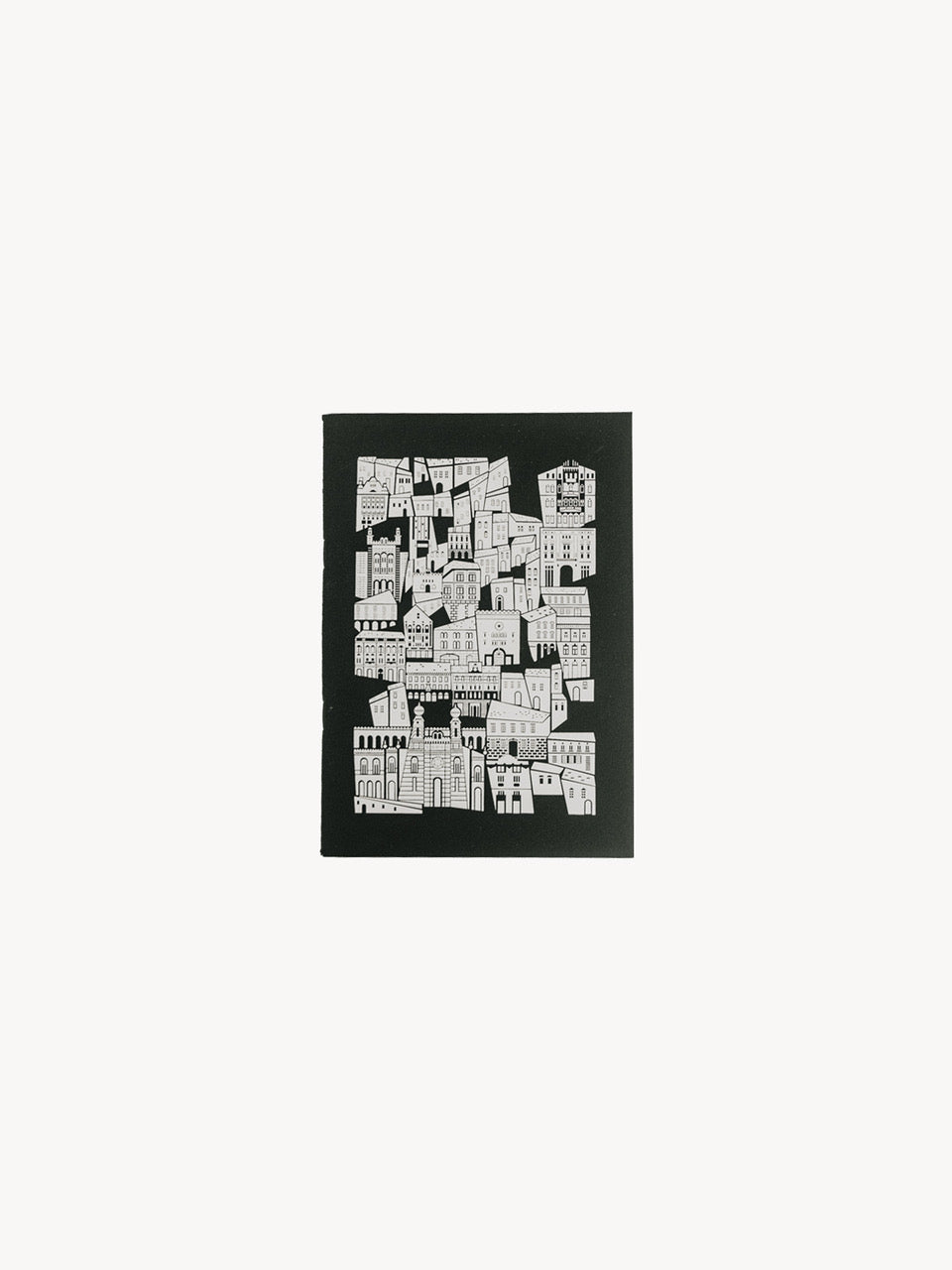Joint exhibition by Zita Majoros and Dániel Bálint Varga
Zita and Bálint discuss everything with each other during their joint work, the works prepared for the first joint exhibition of the two artists were created independently of each other this time, freely associating the following two keywords: female face and contour . The chosen theme is not a coincidence, as the motif of the face also appears in Zita and Bálint's previous works, either in the form of serigraphs or as a graphic element of various design pieces and accessories. Thus, this connection point was given, which this time in this Contour exhibition is a unfolds in a rawer, more personal, and more honest light.

How is the female face intertwined with the motif of contour?
In fact, contour lines are the first “technique” we use to draw people, houses, or trees in our childhood. In this way, Zita and Bálint have essentially returned to the foundation, the fundamentals of drawing or creation, to place it in a new light and context.
But what are the first associations that come to mind when we think of a female face?
Although the new works of the two artists are clearly distinguishable, not only in terms of the visual language used, but also in terms of their approach to the subject, they still create a beautiful dialogue with each other.

Zita's intuitive face collages were actually driven by the dimensions of change , more precisely the transformation of the female face and its features over time, the resulting sense of conformity, the gesture of concealment and mystery. She was interested in the question of what the face says if we take it apart, dissect it, perhaps paint it, re-shade it, and thus how long will our own face remain recognizable and ours? The facial fragments appearing on the serigraphs are actually lifted art historical references: the artistic message of the original works is not relevant here, but rather evokes representations of the female face transforming throughout history – and in one of the works, Zita also hid her own self-portrait.
In connection with the natural, but often conscious transformation of our face, the phenomenon of facial contouring, which is also known in the beauty industry, began to interest me. Interestingly, this make-up technique, although we wouldn't think so, is actually not related to the present day, but dates back several centuries. The art of shading the face, or, if you like , facial sculpting, dates back to the 1500s: stage actors would contour their faces with chalk and soot so that the audience could see their facial expressions from afar. According to Zita, the contouring technique also reminded her of African masks: this is where her contour ceramics were born.

While we hide or emphasize the features and characteristics of our face with various techniques, in the process we want to shape our own face into the idea we believe we have. A kind of search for ideas also appears in Bálint's works. In fact, he pushes and blurs the boundaries or "contours" of conscious or unconscious stereotypes of the female and male face . What formal features make a face female or male? What impact do these preconceptions have on our self-image: to what extent do they distort it or do we identify with them? As Bálint also emphasized, he did not only examine it from a formal perspective: while in his previous works the use of color was the result of a much more intuitive process, now, in contrast, the individual shades play a more conscious role in the meaning.

While the contour motif in Zita's serigraphs stems from a much more direct social phenomenon, in Bálint's works it takes on a more metaphorical meaning. He searches for the boundary between ourselves and our environment, as well as the aforementioned stereotypes: thus, in some of his works the face is clearly distinguishable, then reduced and transformed into completely abstract forms. The abstract rhythms, on the other hand, are associated with the passage of time and exposure to it, which also creates a dialogue with the dimensions of change involved in Zita's works.

Author: Réka Vikárius


